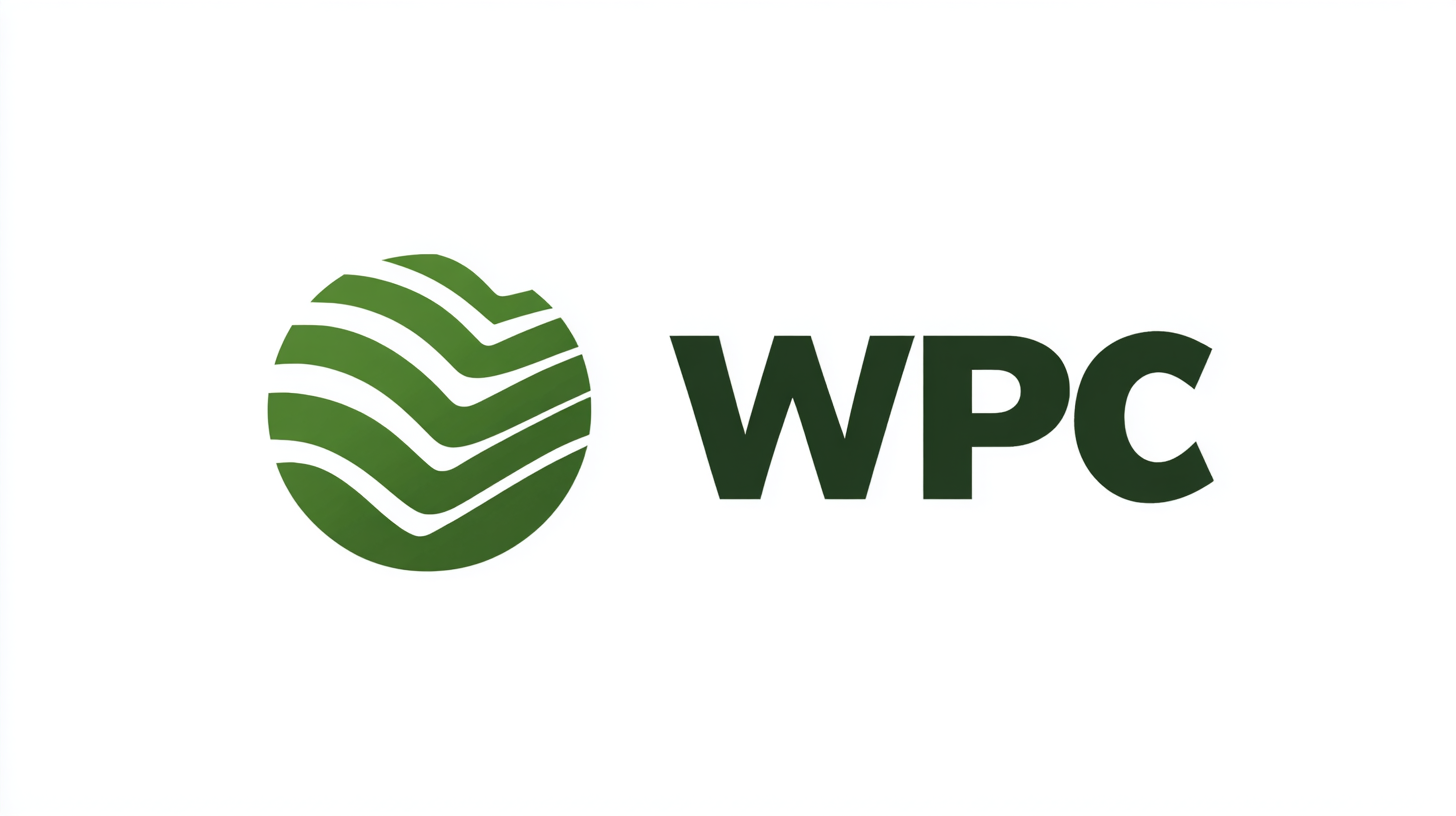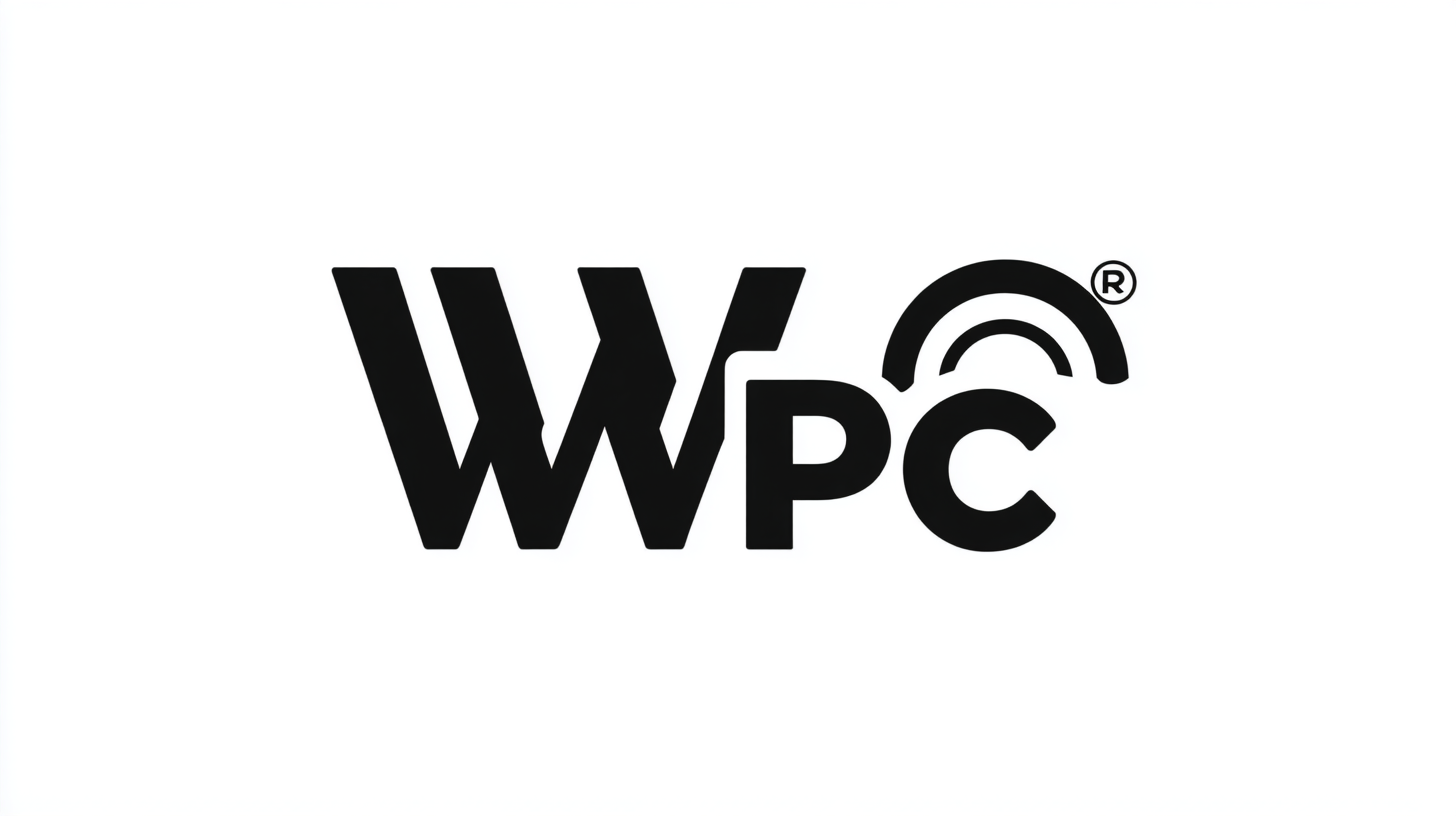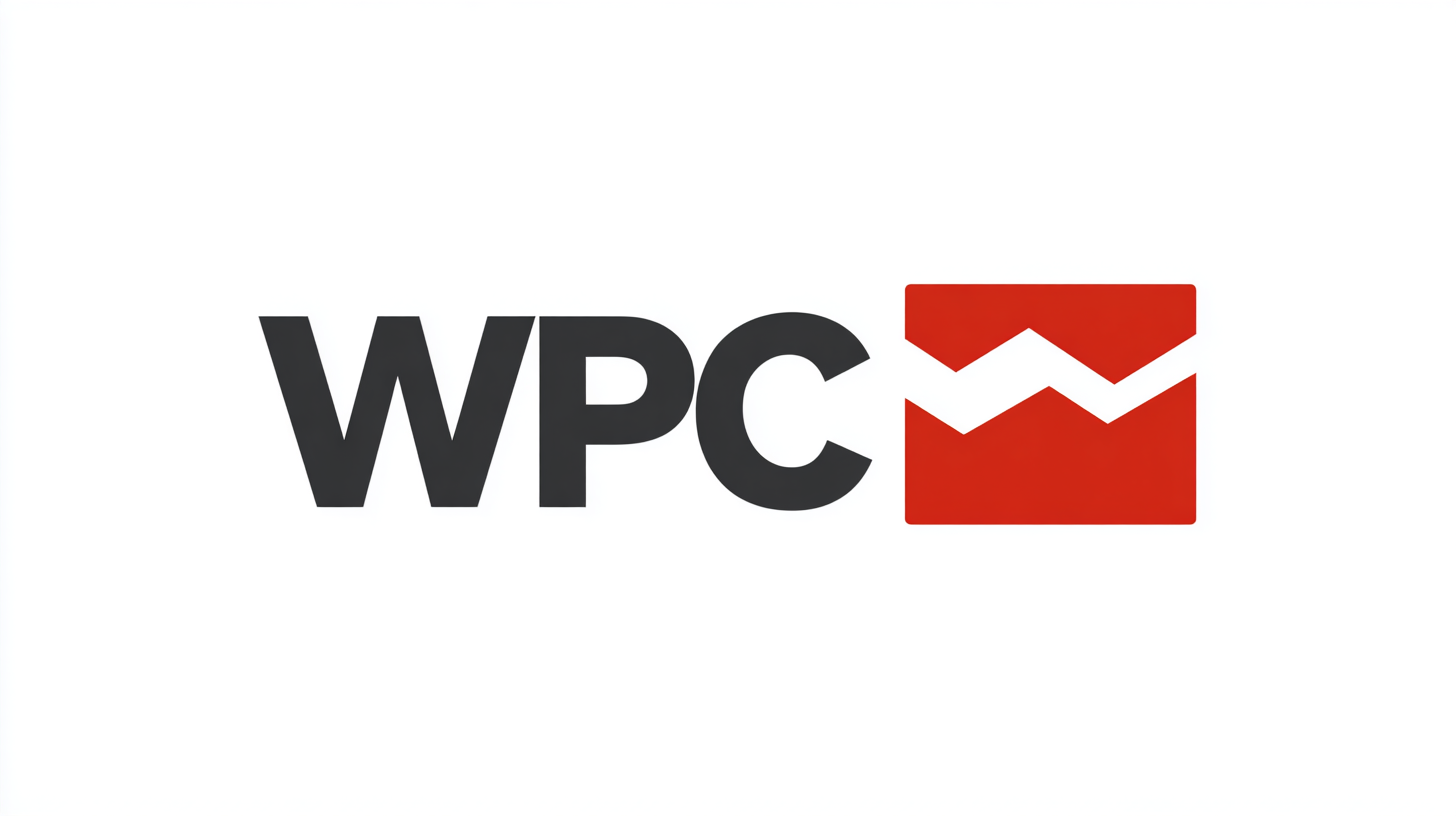Shandong Xiangying New Materials Technology Co., Ltd.
Shandong Xiangying New Materials Technology Co., Ltd.
As we approach 2025, the building materials industry is witnessing a significant shift towards innovative solutions that emphasize sustainability and efficiency, particularly in the realm of WPC (Wood Plastic Composite) doors. According to a report by MarketsandMarkets, the WPC market is projected to grow at a CAGR of over 12% from 2020 to 2025, driven by an increasing demand for sustainable building products that offer durability and aesthetic appeal. WPC doors not only provide the warmth and elegance of traditional wood but also come with transformative benefits such as enhanced moisture resistance and reduced maintenance costs. This blog delves into the detailed technical specifications of WPC doors, showcasing how their unique properties position them as a desirable choice for both residential and commercial applications. By embracing innovation in WPC technology, industry stakeholders are poised to unlock new opportunities, making this an exciting time for the development of advanced building materials.

As we look towards 2025, the landscape of WPC (Wood Plastic Composite) doors is set to undergo remarkable transformations, driven by innovative design trends and advancements in technology. One of the most notable trends will be the integration of smart technology within WPC doors. With the rise of smart homes, these doors may incorporate features such as biometric locks, integrated sensors for security, and energy-efficient systems that contribute to both convenience and safety.
Another exciting direction in WPC door design is the shift towards sustainable practices. As consumers become increasingly eco-conscious, manufacturers are likely to innovate by using recycled materials and eco-friendly production methods. This not only ensures that WPC doors remain durable and stylish but also appeals to a market that values sustainability. Additionally, customizable designs featuring vibrant colors and textures will empower homeowners to express their individuality while enjoying the benefits of a low-maintenance product that stands the test of time.
In summary, the future of WPC doors is bright, characterized by a blend of cutting-edge technology and a commitment to sustainability. As we embrace these innovations in 2025, WPC doors will not only enhance the aesthetic appeal of homes but also provide functional benefits that accommodate the evolving needs of consumers.

The future of Wood Plastic Composite (WPC) doors holds immense promise, especially in the realm of sustainability and environmental impact. As awareness of eco-friendly construction materials continues to rise, WPC doors are positioned to lead the market due to their composite nature, combining wood fibers and recycled plastics. This innovative material not only reduces waste but also diminishes the need for virgin resources, aligning perfectly with the increasing demand for sustainable building solutions.
One of the key benefits of WPC doors is their durability and resistance to weather conditions, making them an ideal choice for various applications. As the construction industry pivots towards greener practices, embracing materials that offer longevity while minimizing ecological footprints is critical. Incorporating WPC doors in new builds and renovations can significantly contribute to achieving sustainability goals.
Tips for selecting WPC doors include ensuring that they are certified for environmental standards, verifying the source of the materials used, and considering the energy efficiency they provide. Additionally, opting for products that utilize upcycled materials can further enhance your commitment to sustainability. By making informed choices, both builders and homeowners can play an integral role in fostering a greener future.
This chart illustrates the transformative benefits of WPC doors in 2025, showcasing their contributions to sustainability. The metrics include the percentage of recycled content, energy efficiency in kWh, CO2 emission reduction in percentage, durability in years, and water resistance score, indicating a positive environmental impact.
 WPC doors are rapidly gaining traction in the construction and home improvement sectors, primarily due to their exceptional cost-effectiveness and long-term value. Made from a combination of wood fibers and plastic, these doors are not only eco-friendly but also incredibly durable, requiring minimal maintenance over their lifespan. As manufacturers set up dedicated plants for WPC door production, the cost breakdown reveals a sustainable approach that significantly reduces waste and enhances resource efficiency. This innovative manufacturing process, particularly the extrusion technique, allows for precise control over material states, leading to higher quality products that are competitive in both price and performance.
WPC doors are rapidly gaining traction in the construction and home improvement sectors, primarily due to their exceptional cost-effectiveness and long-term value. Made from a combination of wood fibers and plastic, these doors are not only eco-friendly but also incredibly durable, requiring minimal maintenance over their lifespan. As manufacturers set up dedicated plants for WPC door production, the cost breakdown reveals a sustainable approach that significantly reduces waste and enhances resource efficiency. This innovative manufacturing process, particularly the extrusion technique, allows for precise control over material states, leading to higher quality products that are competitive in both price and performance.
The economic advantages of WPC doors extend beyond their initial price tag. Homeowners can expect substantial savings over time due to the reduced need for repairs and replacements that are often necessary with traditional materials. Additionally, WPC doors provide excellent insulation, which can lower energy costs. As we look forward to 2025, the embrace of these innovative solutions is transforming the market, establishing WPC doors as a smart investment for both residential and commercial properties. The emphasis on sustainable building materials not only meets the demands of eco-conscious consumers but also promotes a healthier environment, proving that practicality and sustainability can go hand in hand.
The popularity of Wood Plastic Composite (WPC) doors in modern construction is on the rise, driven by significant technological advances. One of the primary reasons for this trend is the remarkable durability of WPC materials, which are engineered to resist moisture, termites, and other environmental challenges, making them ideal for various climates. Furthermore, their aesthetic versatility allows architects and designers to create stunning door designs without compromising on performance.
Tips: When selecting WPC doors, consider the specific environmental conditions of your location. For homes in humid areas, ensure that the chosen WPC door has a higher moisture resistance rating. Additionally, look for products made from recycled materials, as they not only promote sustainability but also enhance the structural integrity of the door.
Another factor contributing to the growing interest in WPC doors is the ease of maintenance. Unlike traditional wood, WPC doors do not require regular painting or sealing, saving homeowners both time and money. The innovative manufacturing processes behind WPC create products that can be easily cleaned with minimal effort.
Tips: To maintain the appearance of your WPC doors, simply use a soft cloth and mild detergent for regular cleaning. Avoid harsh chemicals, which can damage the finish. Regular inspection will also help maintain their durability and performance over the years.
| Dimension | 2023 | 2025 (Projected) | Benefits |
|---|---|---|---|
| Market Growth Rate | 12% | 20% | Increased demand for eco-friendly materials |
| Durability Rating | 5 years | 10 years | Longer lifespan reduces replacement costs |
| Insulation Properties | R-value: 2.5 | R-value: 4.0 | Enhanced energy efficiency |
| Variety of Designs | 50+ styles | 100+ styles | Customization for modern aesthetics |
| Recyclability | 30% | 60% | Contributing to sustainability efforts |
As we look forward to 2025, consumer preferences are significantly shaping the market for Wood Plastic Composite (WPC) doors. According to a recent report from Grand View Research, the global WPC market is anticipated to reach USD 8.9 billion by 2025, with WPC doors experiencing a growth rate of 10.6% CAGR. This surge is driven by increasing consumer awareness regarding eco-friendly and durable products, as WPC doors offer a sustainable alternative to traditional wooden doors, combining the best attributes of wood and plastic.
Moreover, the shift towards energy-efficient building materials is influencing consumer choices. A survey conducted by the National Association of Home Builders (NAHB) reveals that 62% of homeowners consider energy efficiency a key factor when selecting building materials. WPC doors meet this demand, providing enhanced thermal insulation and reduced energy costs. Additionally, with advancements in technology, manufacturers are increasingly offering customizable designs and finishes, appealing to consumers' aesthetic sensibilities while maintaining the functional benefits of WPC. As these trends evolve, WPC doors are poised to become a staple in modern construction and renovation projects, reflecting the growing preference for environmentally responsible and innovative building solutions.
